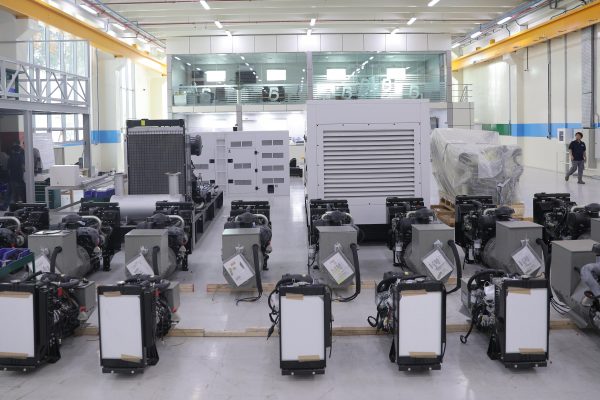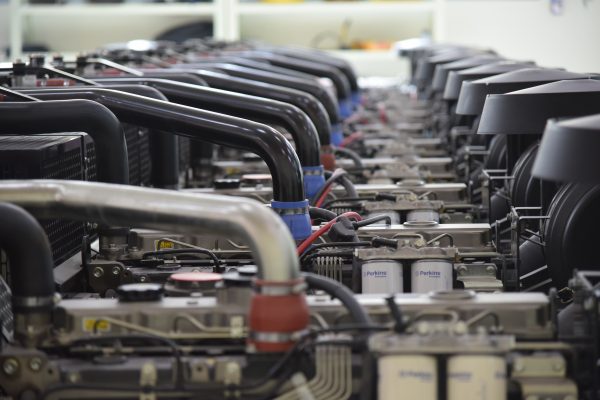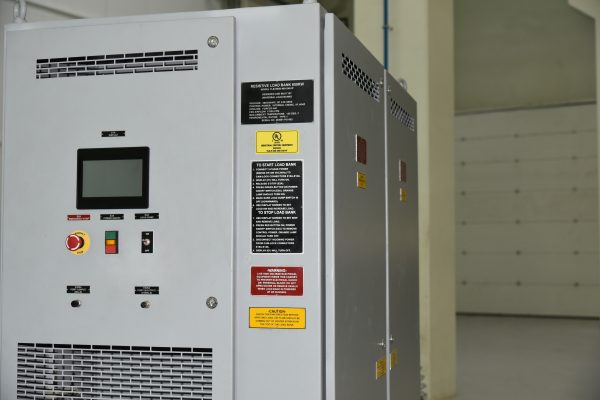PRODUCTION
PERKINS AUTHORIZED OEM
Biggest Facility in the GCC and High Tech machinery makes us a one the key player in the market. We proudly present made in UK Generator to the world.
PEGC generators technology enclosures are designed and developed by our specialist engineers to ensure optimum performance regardless of their location, extremely durable, robust, and resist to corrosion and handling damage with ability to endure harsh site conditions including construction sites.

PUNCHING
With the fully automatic and high-end technology of CNC punching machine, we are able to load cut, sized sheet automatically, and the output is punched unit.
The materials processed (punching, forming, etc.) with punching unit and parts are picked up to bending unit and prepared for bending process and at the same time next sheet will punch, this automated process make the production fast and productive.
BENDING
With excellent bending accuracy and surface quality with high repeatability makes the high quality parts for our NGT enclosures
Higher productivity loading operation is simultaneous with unloading and makes shorter cycle time
LASER CUTTING
Amazing performance and extraordinary talent
With laser machine, the production is much more productive. With more than 15% performance and Flexibility of this line we reached to the excellent dynamic performance and high levels of efficiency and accuracy.
By using, the new cutting heads (SMART Cut, MAX Cut and NIGHT Cut), we optimize the laser cutting process to produce precision Parts
Our Production Site


ASSEMBLY
The proposed unit is doing the assembly of diesel generator sets with necessary control panel as per the requirement of the customer. …
A diesel engine suitable for the alternator is also selected and procured from the diesel engine manufacturer. The diesel engine and alternator are coupled and fixed on a frame.
FACTORY ACCEPTANCE TEST (FAT)
Factory acceptance test involves an examination and assessment of a genset. It verifies that all primary components of the generator set are in proper working condition under loaded conditions. The equipment used to conduct a load bank test produces artificial loads on the generator by bringing the engine to an appropriate operating temperature and pressures. This is especially important for standby and emergency generator sets that do not run very often and/or may not be exposed to carrying heavy loads on a frequent basis. The general rule is – if your generator is not exposed to higher than 30% of its rated kW load then you should be considering a load test.
A load bank test ensures that your generator will run property when it’s needed so that you can fully depend on it during an emergency situation. The key to a proper load bank test is that it tests your generator at its full kilowatt (kW) output rating. Because many generators do not regularly operate at their full kW rating, it’s especially important that you verify your generator can actually produce the highest possible horsepower that may be required – while at the same time maintaining adequate temperature and pressure levels that will allow it to run as long as necessary.


